Product Info
Product Information
At Madame Jezebel Jewelry & Rarities, quality, transparency, and ethical sourcing are at the heart of every piece.
Metals:
I work in a wide range of precious and alternative metals to suit every style and budget, including:
10k - 24k Yellow, White & Rose Gold, .925 Sterling Silver, .999 Fine Silver, Continuum Silver, Platinum, Palladium, Gold Filled, Brass, Copper and Aluminum
I can also source titanium jewelry from trusted suppliers; however, I do not create or set titanium pieces myself. While some of my designs may be produced in gold filled, my ability to work with this material is limited due to its nature.
Body Jewelry:
All body jewelry offered is hand-selected from accredited, reputable vendors to ensure both quality and safety. Only pieces that meet strict standards for body-safe materials and craftsmanship are included in my shop.
Gemstones:
My jewelry features gemstones ranging from natural to lab-grown to synthetic. Each stone is clearly labeled with its origin and properties for complete transparency. Diamonds are available as both natural and lab-created options, depending on your preference.
Accredited Sources:
I source my metals, gemstones, and select finished pieces from trusted and accredited suppliers, including Stuller, Rio Grande, Halstead, Gueswein, John Dyer Gems, Fantasy Gems and Jewelry, Esko Universe Cut, and leading gemological institutions such as GIA, GRS, LOTUS Gemology, AIGS, IGI, and AGL. This ensures every piece meets high standards for authenticity, quality, and ethical sourcing.
Customization & Transparency:
Every item is crafted or selected with care, and all materials are accurately described on each product listing. If you have questions about a specific piece or want a custom creation, please don’t hesitate to reach out.
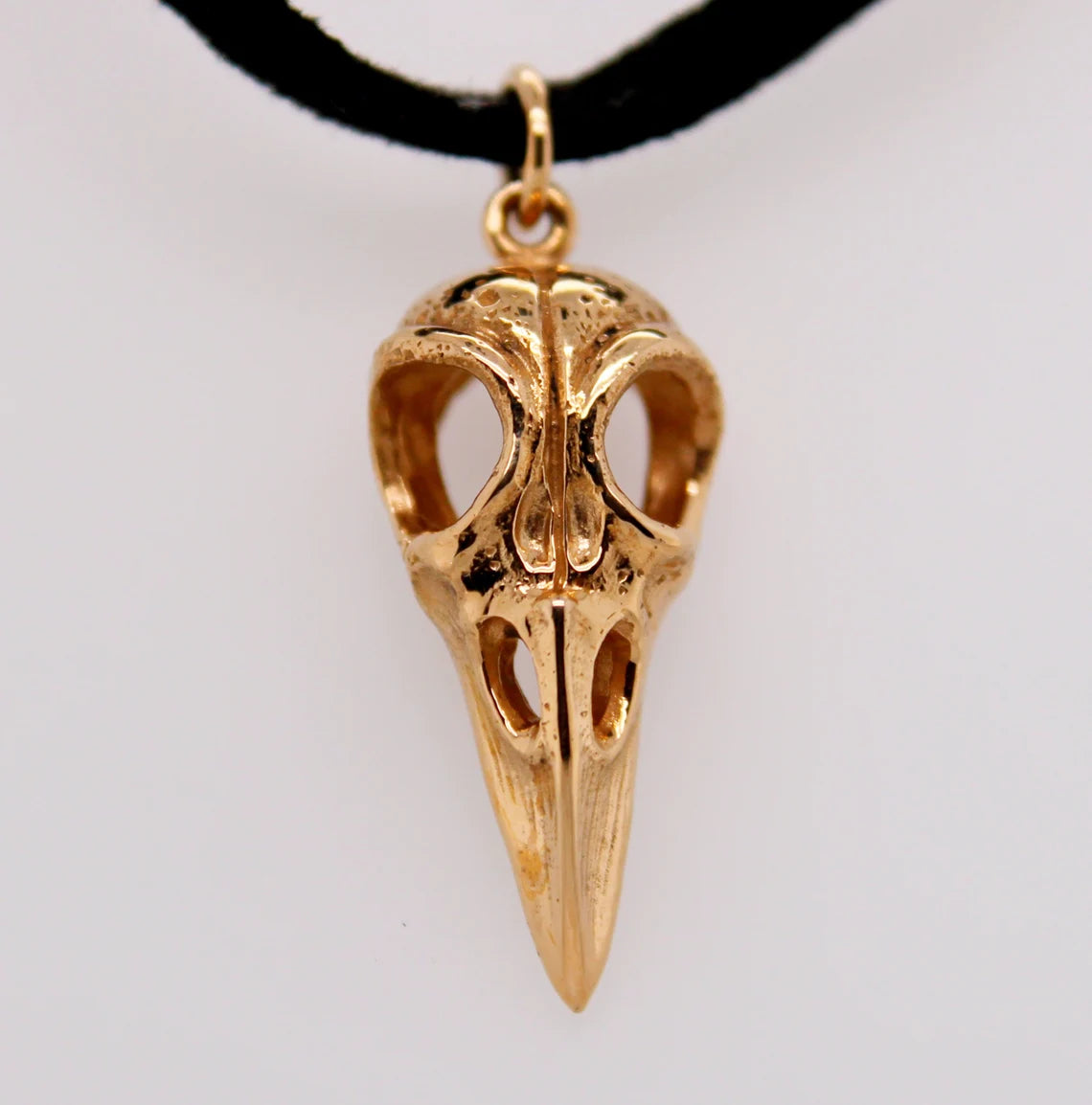
Gold Filled
Gold filled is a term used to describe a material that is made by bonding a layer of gold to a base metal, typically brass, through a mechanical process. It is often used in the manufacture of jewelry and other items that require the appearance and some of the properties of gold without the high cost associated with solid gold items.
Composition and Manufacturing Process
- Layering: In gold-filled products, a layer of gold is mechanically bonded to a base metal. This is usually done through a combination of heat, pressure, and sometimes a gold alloy, which effectively 'fills' the surface area with a layer of gold.
- Gold Content: By law, the gold layer must constitute at least 1/20th (5%) of the item's total weight. The outer gold layer can be 10kt, 12kt, or 14kt gold, but 14kt is most common.
Durability and Wear
- Longevity: Gold-filled items are quite durable due to the thickness of the gold layer. They are resistant to tarnish and can last a long time if properly cared for, often 10 to 30 years.
- Wear: While more resistant to wear than gold-plated products (where the gold coating is much thinner and applied through electroplating), gold-filled items can still eventually wear down, especially with frequent or rough use.
Care and Maintenance
- Cleaning: It can be cleaned with warm, soapy water and a soft brush, though it should be dried thoroughly to avoid tarnishing of the base metal.
- Storage: It’s best to store gold-filled items separately in a dry place to prevent scratching and reduce the chance of tarnish.
Advantages Over Other Gold Products
- Affordability: Gold filled offers a much more affordable alternative to solid gold while maintaining a similar appearance and quality.
- Hypoallergenic: Many gold-filled products are hypoallergenic, making them suitable for people with sensitive skin, although this depends on the base metal and the individual's specific allergies.
Market Consideration
- Perception: While not as valued as solid gold, gold-filled items are generally more prized than gold-plated ones due to their durability and substantial gold content.
- Pricing: The price of gold-filled items generally reflects the thickness of the gold layer and the craftsmanship involved in the item's production.
Gold filled should not be confused with gold plated, where the gold coating is very thin and can wear off quickly.
It offers a good balance between quality and value, making it a popular choice for both consumers and jewelry designers.
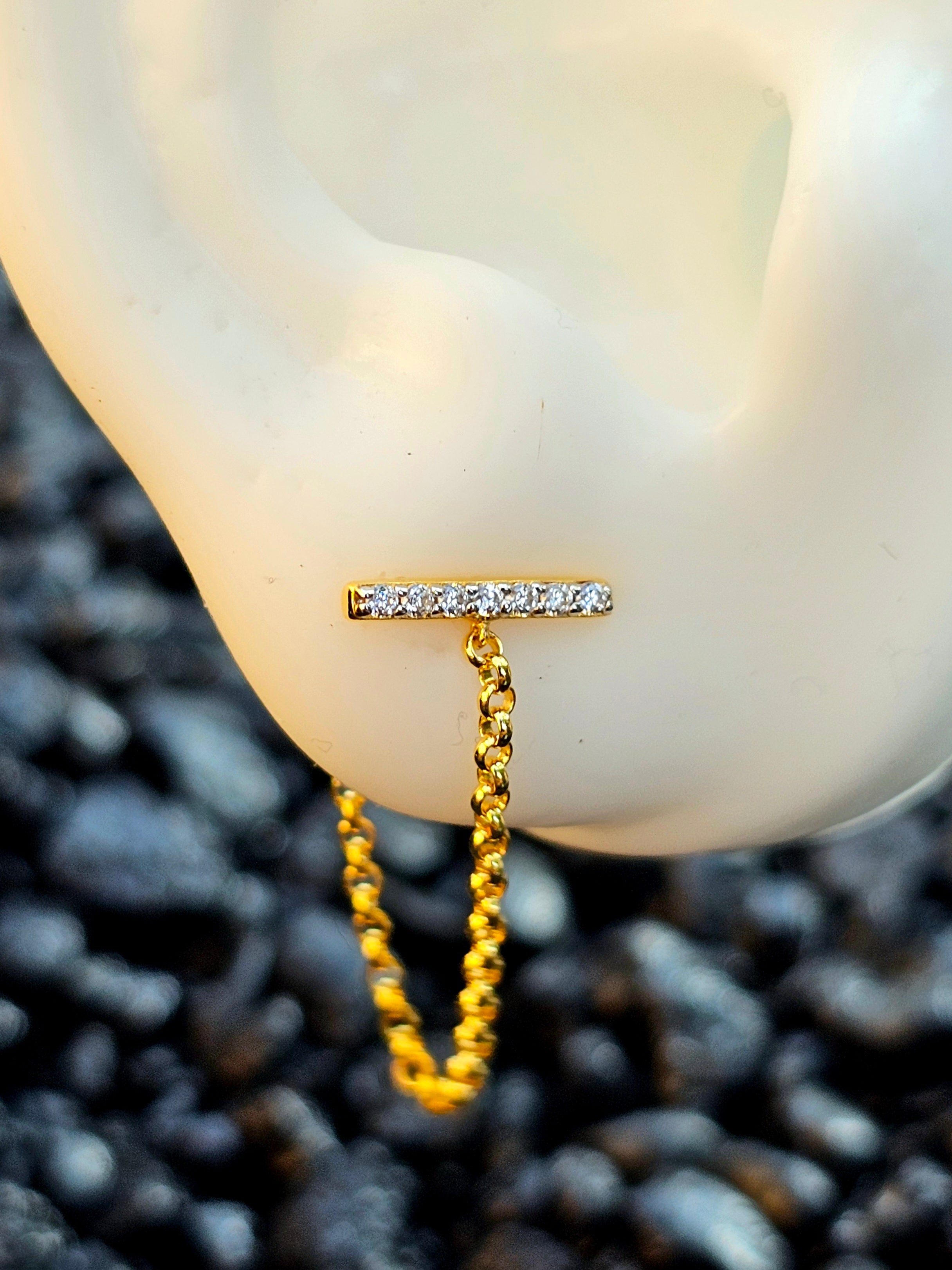
Gold Plated vs Gold Filled
Gold plated and gold filled are both methods used to give base metals a gold appearance at a lower cost than solid gold. However, they differ significantly in their composition, durability, and overall quality.
Composition
- Gold Plated: In gold plating, a thin layer of gold is electrochemically bonded to a base metal like copper or nickel. The gold layer in gold plating is extremely thin, typically around 0.05% or less of the total metal weight. The thickness can vary but is generally measured in microns (millionths of a meter).
- Gold Filled: Gold filled involves a mechanical bonding process that layers a substantially thicker layer of gold around a base metal, usually brass. By law, the gold must account for at least 5% of the total weight of the item. The gold layer in gold-filled items is much thicker than that of gold-plated items.
Durability and Wear
- Gold Plated: Due to the very thin layer of gold, gold-plated items tend to wear off more quickly and can tarnish or reveal the underlying metal. They are less durable and not typically suitable for items that will be subjected to frequent use or exposure to harsh environments. Wear can start to appear as soon as 3 days of continuous use.
- Gold Filled: Gold-filled items are significantly more durable due to the thicker layer of gold. They resist wear and tarnish much better than gold-plated items. Gold filled is a better choice for pieces like jewelry that require durability and resistance to fading.
Appearance Over Time
- Gold Plated: The appearance of gold-plated items can deteriorate rapidly depending on environmental exposure and usage. The gold layer can wear off, leading to a loss of the initial luster and the exposure of the base metal.
- Gold Filled: Gold-filled items maintain their appearance much longer. They can keep their gold-like luster for decades without the gold layer wearing through to the base metal.
Cost
- Gold Plated: Generally, gold-plated items are less expensive due to the minimal amount of gold used. This makes gold plating popular for fashion jewelry and other decorative but less durable applications.
- Gold Filled: Gold-filled items are more expensive than gold-plated ones because of the greater amount of gold used. However, they are still much less costly than solid gold items, making them a good middle-ground option for quality jewelry.
Hypoallergenic Properties
- Gold Plated: Since the underlying metals used in gold plating can include nickel or copper, which are common allergens, gold-plated items are more likely to cause allergic reactions if the gold wears off.
- Gold Filled: Gold-filled items are generally considered hypoallergenic due to the thick layer of gold that effectively prevents the base metal from contacting the skin.
While both gold plated and gold filled techniques offer economical alternatives to solid gold, choosing between them depends on the intended use, required durability, and budget.
Gold-filled items offer a better balance of quality and cost, especially for items that you intend to use regularly or keep for a long time, whereas gold-plated items might be suitable for occasional wear or fashion pieces.
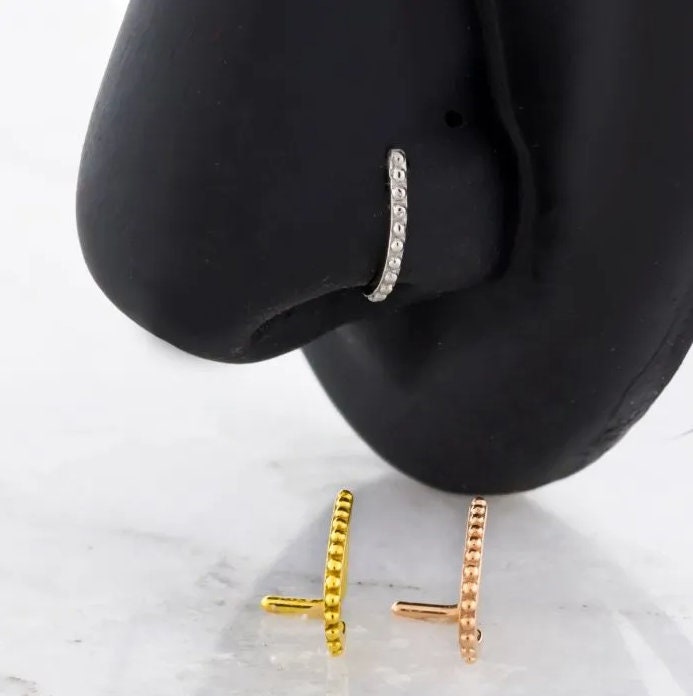
Gold Karat Types
When discussing different types of gold like 9k, 10k, 14k, 18k, 20k, 22k, and 24k, the primary differences come down to their gold content, which affects their color, hardness, and overall value. The "k" in each designation stands for "karat," which is a unit of measurement used to describe the purity of gold within an alloy.
Gold Purity
- 24K Gold: 100% pure gold with no other metals added. It is the purest form of gold available. It has a distinct, bright yellow color but is also very soft and easily scratched, making it impractical for most types of jewelry.
- 22K Gold: Contains about 91.7% gold, with the rest being other metals like silver, zinc, or copper. It's slightly more durable than 24k but still very soft.
- 20K Gold: Made up of 83.3% gold. It's used less commonly but offers a good balance between purity and durability.
- 18K Gold: Comprises 75% gold and 25% other metals. It's a popular choice for fine jewelry as it provides a good balance between color, durability, and purity.
- 14K Gold: Contains 58.3% gold and 41.7% alloy. This type is more durable than higher karat golds, making it very popular for everyday jewelry in the United States.
- 10K Gold: Has 41.7% gold and 58.3% other metals. This is the minimum karat that can be called "gold" in the United States. It is very durable and less prone to scratching and wear.
- 9K Gold: Composed of 37.5% gold and 62.5% other metals. It is more common in the UK, Australia, and other Commonwealth countries but is not recognized as gold in the United States.
Color
- Higher Karat Golds (18K and above): Tend to have a richer, brighter yellow color due to their higher gold content.
- Lower Karat Golds (14K and below): Often have a paler yellow color or can even take on slightly different hues (like white or rose) depending on the proportion and types of other metals in the alloy.
Durability and Hardness
- Higher Karat Golds: Softer and more prone to scratching, bending, and wear. They require more careful handling and are suitable for high-end jewelry that isn't worn every day.
- Lower Karat Golds: Harder and more resistant to wear and tear. They are ideal for rings, bracelets, and other pieces of jewelry that are subject to daily wear.
Cost
- Cost Increases with Karat Weight: As the karat weight increases, so does the percentage of gold in the alloy, making the material more expensive. For example, 24k gold will be more expensive than 14k gold.
- Cultural Preference and Cost: In some cultures, higher karat gold (20k-24k) is preferred for its purity and traditional significance, even though it is more expensive and less durable.

Metal Types
The differences between white gold, yellow gold, rose gold, platinum, silver, and palladium primarily lie in their composition, color, durability, weight, and price. Here’s a comprehensive comparison to help you understand each of these precious metals:
Yellow Gold
- Composition: Made of pure gold mixed with alloy metals such as copper and zinc.
- Color: Has a natural warm yellow color, which varies from pale to deep yellow depending on the karat (purity).
- Durability: Generally durable but softer than other metals; the higher the karat, the softer the metal.
- Common Uses: Widely used in all types of jewelry.
White Gold
- Composition: Pure gold alloyed with white metals such as nickel, silver, and palladium. Often coated with rhodium for added brightness and durability.
- Color: Its color is generally a light grayish, but the rhodium plating gives it a whiter, more brilliant finish.
- Durability: More durable than yellow gold due to the strength of the alloy metals.
- Common Uses: Popular in engagement and wedding rings due to its reflective appearance.
Rose Gold
- Composition: Gold mixed with a higher proportion of copper, giving it a pinkish tint.
- Color: The depth of the pink color can vary depending on the ratio of copper to gold.
- Durability: Slightly tougher than yellow and white gold because of the copper content.
- Common Uses: Increasingly popular for jewelry due to its unique, warm color.
Platinum
- Composition: One of the densest and heaviest metals, often used in a nearly pure form (around 95%).
- Color: Naturally white with a cool luster that reflects light.
- Durability: Extremely durable, does not tarnish and is very strong.
- Common Uses: High-end jewelry like wedding bands and engagement rings due to its longevity and hypoallergenic properties.
Silver
- Composition: Often used as sterling silver, which is about 92.5% silver and 7.5% copper or other metals.
- Color: Bright white metallic sheen that can develop a patina over time.
- Durability: Less durable than the other metals listed, prone to scratching and tarnishing.
- Common Uses: Used in a wide range of jewelry and decorative items but requires regular maintenance to keep its shine.
Palladium
- Composition: Member of the platinum group of metals, used in jewelry often at about 95% purity.
- Color: Similar to platinum with a natural white color that does not tarnish.
- Durability: Very durable and lighter than platinum.
- Common Uses: Like platinum, used in jewelry that requires durability and hypoallergenic properties, often chosen as a less expensive alternative to platinum.
Key Differences in Usage and Preference
- Cost: Platinum and palladium are generally more expensive than gold, with platinum being the most expensive. Silver is the most affordable.
- Weight: Platinum is the heaviest, making it feel more substantial; silver and palladium are lighter.
- Maintenance: Silver requires the most maintenance due to tarnishing, while platinum, palladium, and rhodium-plated white gold need less maintenance to retain their shine.
- Hypoallergenic Properties: Platinum and palladium are naturally hypoallergenic, whereas white gold and silver may cause allergies due to nickel or copper content.
Choosing the right metal for jewelry depends on considerations like budget, the type of jewelry, personal taste, and how much maintenance you’re willing to perform.
Each metal offers unique benefits, and the choice often reflects the wearer’s style and lifestyle needs.
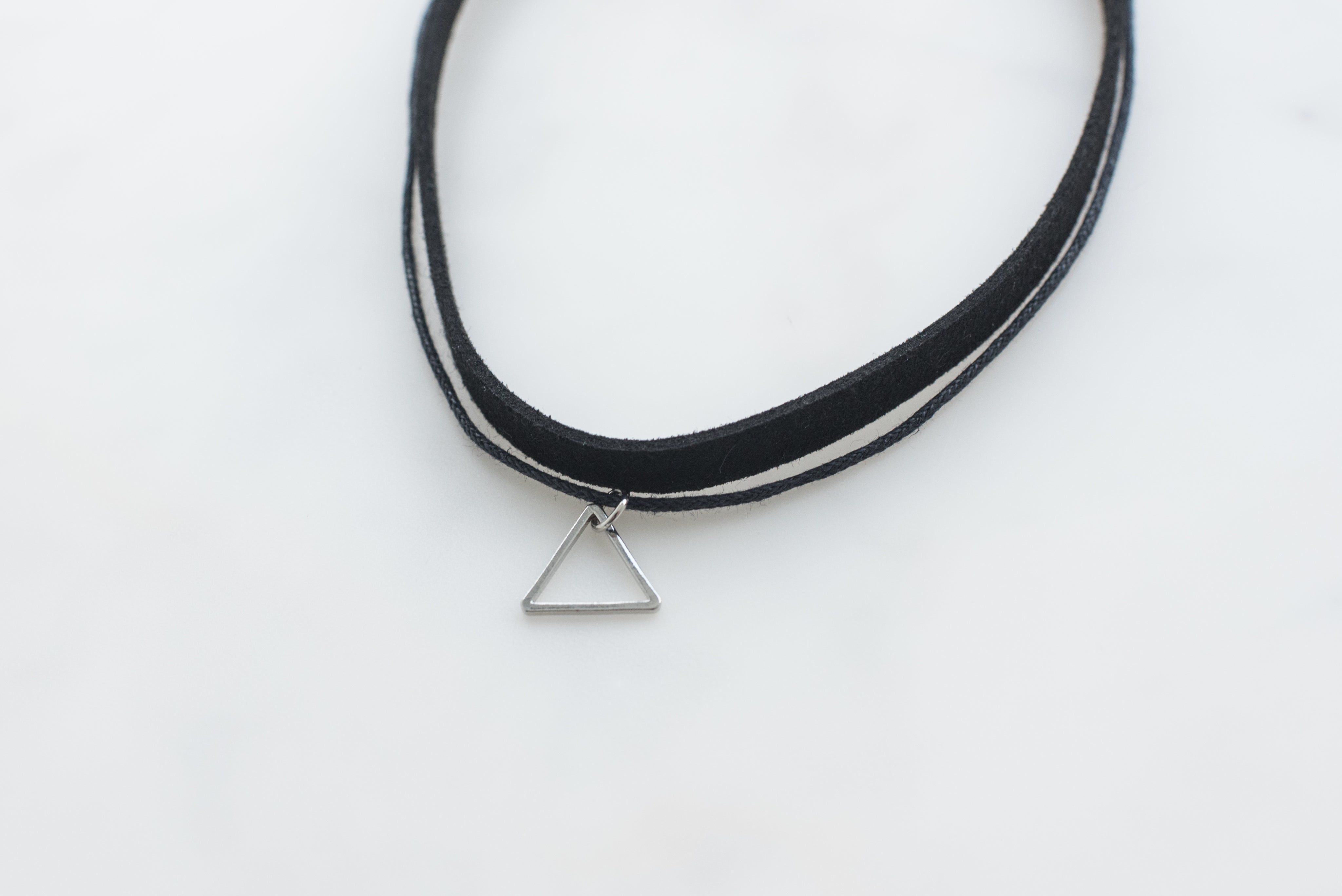
DIfference Between Fine Silver, sterling Silver and Continuum Silver
Silver is a popular metal used in jewelry, coins, and many other items, but it comes in various grades and formulations, each suited for different purposes and offering different characteristics.
Fine Silver
- Purity: Fine silver has a purity of 99.9% silver, which makes it nearly pure. This high level of purity is denoted as 999, reflecting its composition of 999 parts per thousand of silver.
- Characteristics: Because of its high silver content, fine silver is very soft and malleable. It is also highly resistant to tarnish compared to silver with lower purity.
- Uses: Due to its softness, fine silver is not typically used for everyday jewelry that requires durability. It is more commonly used in items that won't endure heavy wear, such as high-end collector coins, investment bars, or art pieces.
Sterling Silver
- Purity: Sterling silver is an alloy composed of 92.5% silver, with the remainder being other metals, typically copper. This standard is known as 925 sterling silver.
- Characteristics: The addition of copper gives sterling silver enhanced durability and hardness, making it more suitable than fine silver for use in jewelry and other items that undergo frequent handling. However, the presence of copper makes sterling silver more prone to tarnishing over time, which can result in a black oxide layer on the surface.
- Uses: Sterling silver is widely used in jewelry, cutlery, and many household items. It is popular because it balances durability with a high silver content, maintaining a bright metallic luster while being sufficiently hard for daily use.
Continuum Silver
- Purity: Continuum silver is a relatively new type of sterling silver alloy, containing slightly more than 92.5% silver. The exact composition can vary, but it typically includes additives like germanium in addition to silver and copper.
- Characteristics: The addition of metals like germanium significantly improves tarnish resistance and increases the durability and hardness of the silver. Continuum silver is harder than traditional sterling silver, making it an excellent choice for more intricate or finely detailed jewelry.
- Uses: Due to its superior hardness and tarnish resistance, Continuum silver is particularly advantageous for use in high-quality jewelry, including rings and bracelets that are subject to greater wear. It's also beneficial for intricate designs that require a durable, detailed finish.
Choosing between these types of silver depends on the intended use of the item, your budget, and personal preferences regarding care and maintenance.
Fine silver is best when high purity is desired for low-abrasion conditions, sterling silver is excellent for everyday use in jewelry and household items, and Continuum silver is ideal for those seeking enhanced properties in more durable and intricate designs
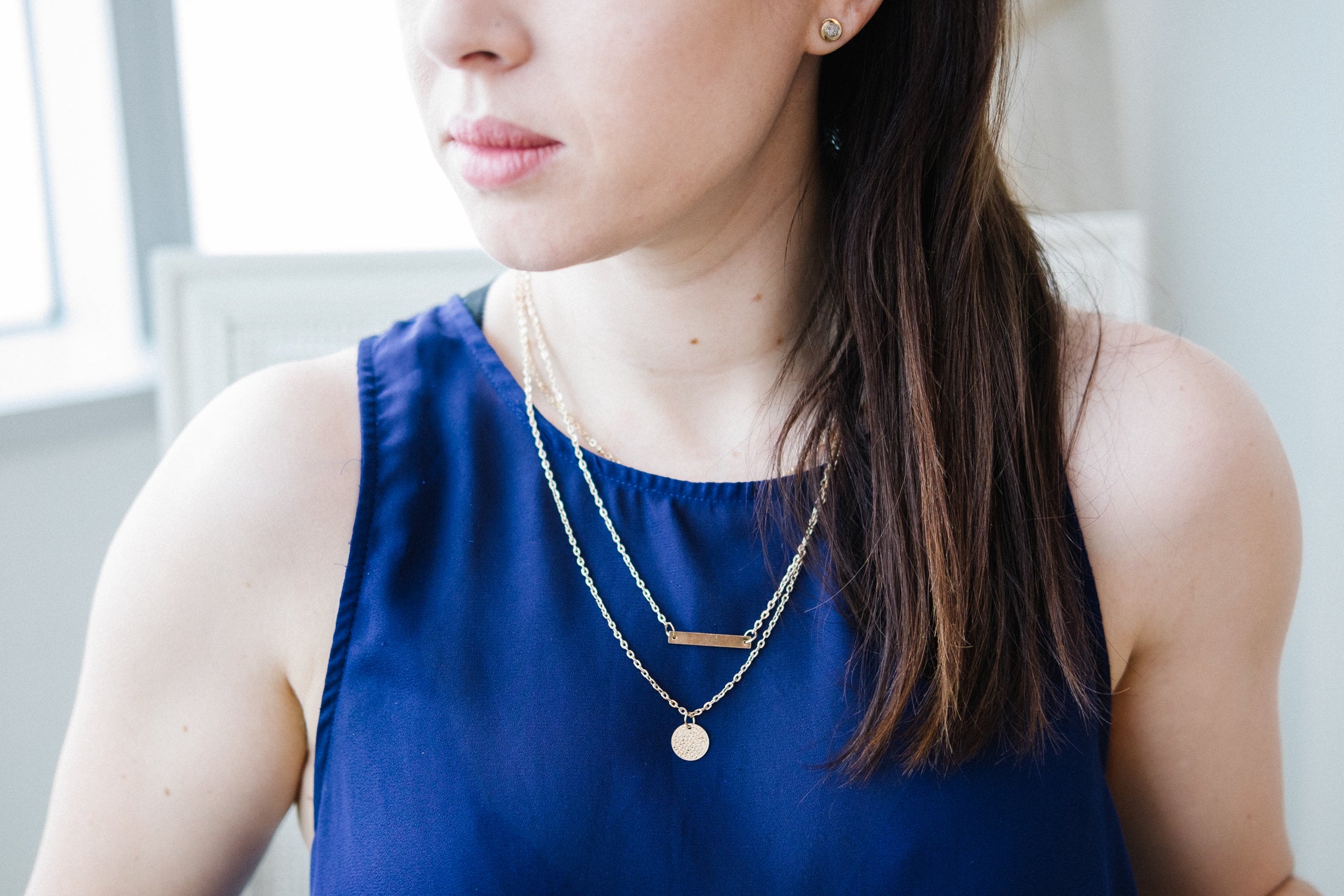
Gold Filled Jewelry Care
Caring for gold-filled jewelry properly can significantly extend its life and keep it looking as good as new. Here are some tips and guidelines on how to care for your gold-filled pieces:
Cleaning Gold-Filled Jewelry
- Regular Cleaning: Use a soft, lint-free cloth to gently wipe each piece. This will help remove oils and residue.
- Deep Cleaning: Occasionally, you can clean your gold-filled jewelry more thoroughly to restore its shine. Mix a few drops of mild dish soap with warm water, and soak your jewelry for a few minutes. Use a soft brush, such as a soft-bristle toothbrush, to gently scrub the jewelry. Rinse under warm running water, and dry with a soft cloth.
- Avoid Harsh Chemicals: Never use strong jewelry cleaners or chemicals. Harsh substances like chlorine, bleach, and ammonia can damage the gold layer.
Storing Gold-Filled Jewelry
- Prevent Scratches: Store your gold-filled jewelry in a soft pouch or a lined jewelry box to prevent scratches.
- Separate Storage: Keep gold-filled pieces apart from other jewelry to avoid scratches or tarnishing caused by metal-to-metal or metal-to-gemstone contact.
- Avoid Moisture: Store in a dry place since moisture can lead to tarnishing over time. Use anti-tarnish strips in your storage area to absorb substances in the air that might tarnish the gold.
Wearing Gold-Filled Jewelry
- Avoid Chemical Exposure: Remove your jewelry when applying makeup, lotions, and perfumes or when using household cleaners. Chemicals found in these products can tarnish or damage the jewelry over time.
- Remove During Physical Activities: Take off your jewelry when exercising, swimming, or engaging in physically demanding activities. Sweat can affect the gold layer due to its acidity, and physical activity can expose jewelry to rough treatment.
- Put on Last: When getting dressed, put on your jewelry last to minimize contact with cosmetics and other chemicals.
Special Considerations for Different Types of Gold-Filled Jewelry
- Chains and Delicate Pieces: Be gentle with gold-filled chains and thinner pieces. Avoid tugging or pulling, which can cause the pieces to stretch or break.
- Gemstones and Settings: If your gold-filled jewelry has gemstones, be cautious about how you clean around the settings to avoid loosening the stones.
Routine Check-ups
- Inspect Regularly: Check for any signs of wear or damage, such as clasps that don't close properly, loose stones, or thinning of the gold layer. Early detection can help you get repairs before further damage occurs.
Professional Care
- Occasional Professional Cleaning: While not often necessary, a professional jeweler can provide deep cleaning and thorough inspection, offering repairs if needed. This is particularly advisable for highly valued or intricate gold-filled jewelry pieces.
By following these care instructions, your gold-filled jewelry should remain beautiful and lustrous for many years.
Regular maintenance not only keeps your jewelry looking great but also helps in preserving its value and longevity.
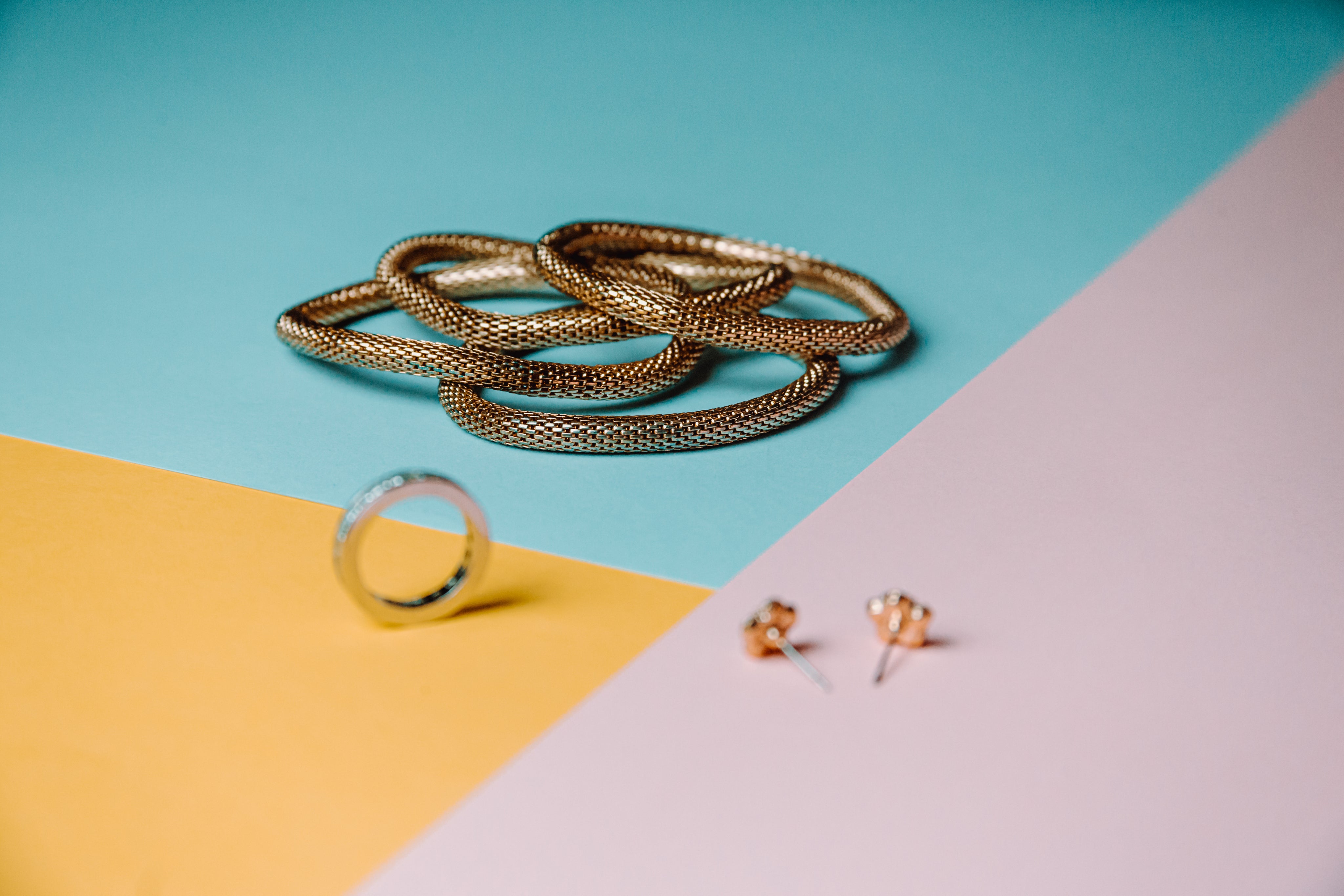
Gold Jewelry Care
Caring for gold jewelry properly is essential to maintain its luster, prevent damage, and extend its lifespan. Here are some effective tips and techniques for maintaining your gold jewelry:
Cleaning Gold Jewelry
- Routine Cleaning: Use a soft, lint-free cloth to gently polish your gold jewelry. This helps remove oils and dirt that can accumulate from everyday wear.
- Deep Cleaning: Mix a bit of mild dish soap with warm (not hot) water. Soak your gold jewelry for about 15-30 minutes. After soaking, gently scrub the jewelry with a very soft brush, such as a baby toothbrush or a soft-bristle brush, to remove any remaining residue. Pay special attention to crevices and settings where dirt can accumulate.
- Rinse and Dry: Rinse your jewelry under warm running water to remove any soap residue. Make sure the drain is covered to avoid accidentally losing your jewelry. Pat dry with a soft cloth, and let it air dry completely before storing.
Storing Gold Jewelry
- Individual Storage: Store each piece of gold jewelry separately in soft cloth bags or in a jewelry box with compartments to prevent them from scratching each other.
- Avoid Moisture: Store your jewelry in a dry place away from humidity, which can contribute to tarnishing. Including silica gel packets in your storage area can help absorb moisture.
- Prevent Tangles: For gold chains and necklaces, hang them or lay them flat to prevent tangling and kinking.
Wearing Gold Jewelry
- Avoid Chemicals: Remove your gold jewelry when using chemicals such as cleaning supplies, beauty products (perfume, hairspray), and chlorine in swimming pools, as these can corrode or tarnish the gold.
- Physical Activities: Take off your gold jewelry during high-impact or physical activities to prevent scratching, denting, or deformation.
- Cosmetics and Lotions: Put on your gold jewelry after applying makeup, lotions, and perfumes to minimize exposure to chemicals that could discolor or damage the metal.
Preventive Measures
- Regular Checks: Periodically check your gold jewelry for any signs of damage like loose stones or clasps that may need professional repair. This can prevent the loss of stones or the jewelry itself.
- Professional Cleaning: Consider having your gold jewelry professionally cleaned and inspected once a year. Jewelers have tools and techniques to clean and restore jewelry safely.
Handling and Maintenance
- Handling: Always handle your gold jewelry gently. Avoid pulling chains or rings too harshly.
- Polishing: Occasionally, use a gold polishing cloth or a cleaner specifically designed for gold to brighten up your pieces. Avoid using abrasive materials that could scratch the gold.
By following these care guidelines, your gold jewelry will continue to sparkle and remain in good condition for years.
Regular care not only keeps it looking its best but also helps preserve its value and structural integrity.
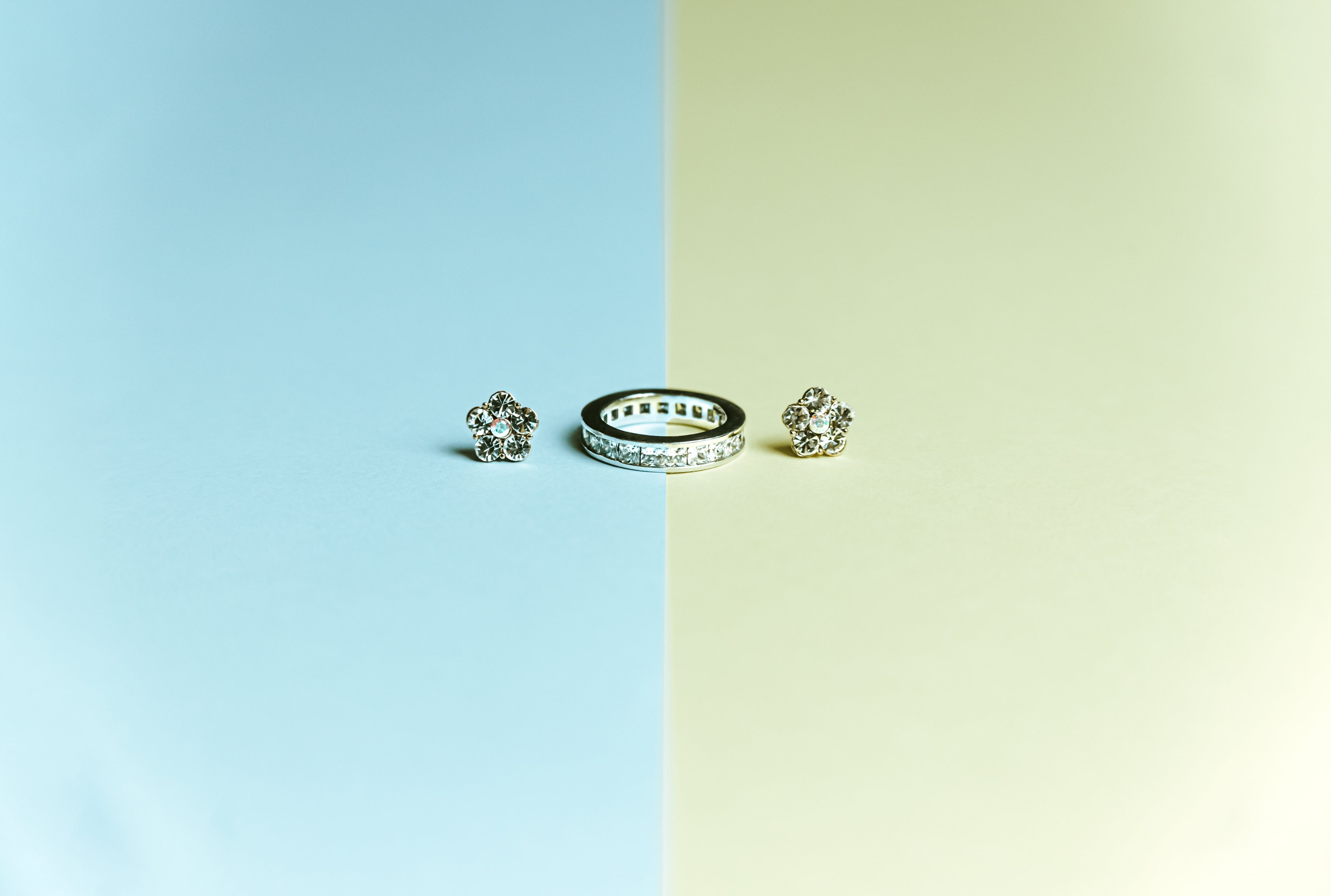
Silver Jewelry Care
Caring for silver jewelry properly is essential to maintaining its luster, preventing tarnish, and extending its lifespan. Here are some effective tips and techniques for maintaining your silver jewelry:
Cleaning Silver Jewelry
- Routine Cleaning: Use a soft, lint-free cloth to gently polish your silver jewelry. This helps remove oils and dirt that can accumulate from everyday wear and can prevent tarnish from forming.
- Deep Cleaning: Mild Soap and Water: Mix a bit of mild dish soap with warm water. Soak your silver jewelry for about 5-10 minutes. After soaking, gently scrub the jewelry with a soft brush, such as a baby toothbrush or a soft-bristle brush, to remove any remaining residue. Be gentle around stones and intricate designs to avoid dislodging anything.
- Silver Polish: Use a quality silver polish and follow the instructions on the product. These polishes can remove tarnish and restore the jewelry’s original brightness. Apply the polish with a soft cloth, rub the silver, then rinse and dry.
- Rinse and Dry: Rinse your jewelry under cool running water (ensure the drain is covered). Pat dry with a soft cloth and allow it to air dry completely before storing or wearing.
Storing Silver Jewelry
- Individual Storage: Store each piece of silver jewelry separately in soft cloth bags or in a jewelry box with compartments to prevent them from scratching each other.
- Avoid Moisture: Store your jewelry in a dry place away from humidity, which can accelerate tarnishing. Use anti-tarnish strips or silica gel in your storage area to absorb moisture and sulfur in the air.
- Prevent Tangles: For silver chains and necklaces, hang them or lay them flat in a jewelry organizer to prevent tangling and kinking.
Wearing Silver Jewelry
- Avoid Chemicals: Remove your silver jewelry when using household chemicals, bathing, swimming, or engaging in activities that cause sweating. Chemicals and salt water can corrode silver.
- Physical Activities: Remove jewelry during high-impact or physical activities to prevent scratches and deformations.
- Cosmetics and Lotions: Put on your silver jewelry after you have applied makeup, lotions, and perfumes to minimize exposure to harmful chemicals and reduce tarnish.
Preventive Measures
- Regular Checks: Periodically check your silver jewelry for any signs of damage like loose stones or weakened clasps that may need professional repair.
- Professional Cleaning: Consider having your silver jewelry professionally cleaned and inspected occasionally, especially if it includes gemstones or intricate designs.
Handling and Maintenance
- Handling: Handle your silver jewelry gently to avoid bending or damaging delicate parts.
- Polishing: Occasionally, use a specialized silver polishing cloth to brighten your pieces. These cloths are treated with ingredients that remove tarnish and polish silver without scratching.
By following these care guidelines, your silver jewelry will continue to look beautiful and remain in good condition for years to come.
Regular care not only keeps your jewelry looking its best but also helps preserve its value and structural integrity.
